
Brand Identity Design: Expressing Visual Meaning 
Brand identity design is a complex process that requires careful thought and planning. Helen explains how to define your brand's foundations, values, and what sets it apart. She also shows how to create an effective brief by generating themes and keywords, and how to use word association to test out different branding concepts. Visual references are used as the foundation of a mood board, and Helen provides advice on how to manage the research process. Two directional mood boards are then created to bring the client's brand to life, and the 'scamping' technique is used to generate ideas for the logo design. Brand colours are chosen to reflect the tone and personality, and a secondary logo is created to complement the primary design. Finally, Helen explains how to present the ideas to clients using compelling mockups, how to choose fonts for a distinct typographic style, and how to expand the brand designs. ▼
ADVERTISEMENT
Course Feature
![]() Cost:
Cost:
Paid
![]() Provider:
Provider:
Domestika
![]() Certificate:
Certificate:
No Information
![]() Language:
Language:
English
Course Overview
❗The content presented here is sourced directly from Domestika platform. For comprehensive course details, including enrollment information, simply click on the 'Go to class' link on our website.
Updated in [July 03rd, 2023]
Brand Identity Design: Expressing Visual Meaning is a course designed to help learners understand how to define and create a brand identity. Through this course, learners will learn how to create an effective brief by generating themes and keywords based on the brand's foundations, values, and what distinguishes it. Helen will explain how to use word association to test out different branding concepts, as well as how to manage the research process to make the most of time and stay focused on the brief. Learners will also learn how to create two directional mood boards that bring the client's brand to life in opposing ways, and then figure out how to combine them to keep the client happy. Using the 'scamping' technique, learners will use their directional mood boards to generate ideas for their initial logo design. Learners will also learn how to choose brand colours that reflect the brand's tone and personality, refine and finalise their design, create a secondary logo to complement their primary design, and present their ideas to clients using compelling mockups. Helen will also explain how to choose fonts for a distinct typographic style, and how to expand the brand designs by creating postcards, packaging, and more.
[Application]
The application of this course can be seen in the creation of a brand identity. After taking this course, students will be able to define their brand's foundations, values, and what distinguishes it. They will be able to create an effective brief by generating themes and keywords based on this information. Additionally, they will be able to find visual references to use as the foundation of their mood board for clients. They will also be able to make two directional mood boards that bring the client's brand to life in opposing ways, and then figure out how to combine them to keep their client happy. Furthermore, they will be able to use the 'scamping' technique to generate ideas for their initial logo design. They will also be able to choose brand colours that reflect their tone and personality, refine and finalise their design, create a secondary logo to complement their primary design, and present their ideas to clients using compelling mockups. Finally, they will be able to choose fonts for a distinct typographic style and expand their brand designs by creating postcards, packaging, and more.
[Career Path]
Brand Identity Design is a job position that involves creating visual designs that represent a brand's values, foundations, and what makes it unique. This job requires a creative eye and the ability to think outside the box to create designs that are both visually appealing and meaningful.
The development trend for Brand Identity Design is to create designs that are more modern and interactive. This means that designers must be able to create designs that are not only visually appealing, but also interactive and engaging. This could include creating designs that are responsive to different devices, or creating designs that are interactive and engaging for users. Additionally, designers must be able to create designs that are optimized for different platforms, such as mobile, desktop, and web.
[Education Path]
The recommended educational path for learners of this course is a Bachelor's degree in Graphic Design. This degree program typically includes courses in design principles, typography, digital imaging, illustration, and web design. It also covers topics such as branding, advertising, and marketing. Students learn how to create visual solutions for communication problems, and develop their skills in problem-solving, critical thinking, and creativity.
The development trend of this degree is to focus on the use of digital tools and technologies, such as Adobe Creative Suite, to create professional-level designs. Students are also encouraged to explore the use of 3D printing, augmented reality, and virtual reality in their designs. Additionally, courses in user experience (UX) and user interface (UI) design are becoming increasingly popular, as these skills are essential for creating effective digital products.
Course Syllabus
Defining Your Brand
Project Focus: Setting the Brief
Brainstorming Ideas
Conducting Visual Research
Creating Directional Mood Boards
Combining Ideas to Create a Final Route
Course Provider

Provider Domestika's Stats at AZClass
Discussion and Reviews
0.0 (Based on 0 reviews)
Explore Similar Online Courses

Programming Foundations: Fundamentals
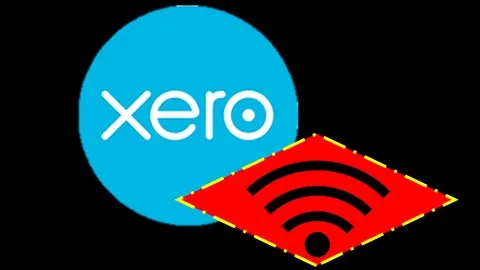
Xero Accounting Software 2020

Python for Informatics: Exploring Information

Social Network Analysis

Introduction to Systematic Review and Meta-Analysis
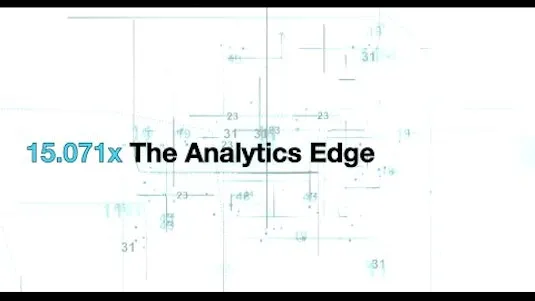
The Analytics Edge

DCO042 - Python For Informatics

Causal Diagrams: Draw Your Assumptions Before Your Conclusions

Whole genome sequencing of bacterial genomes - tools and applications
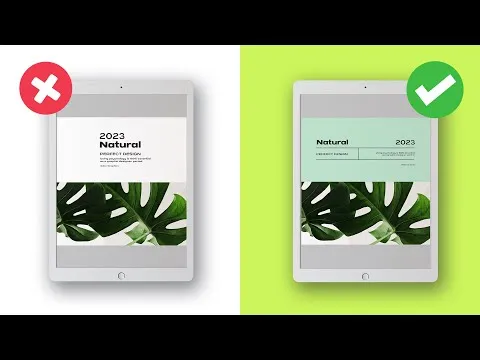
Complete Graphic Design Course Explaining Psychology (MUST KNOW)
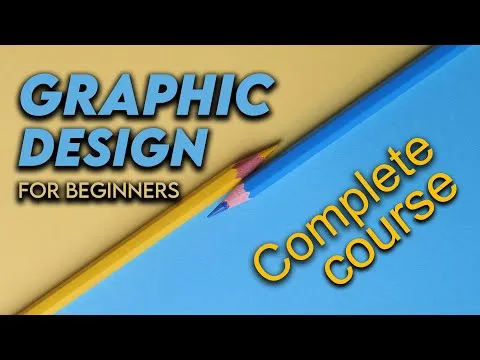
Graphic Design Tutorial For Beginners Graphic Design (Full Course)
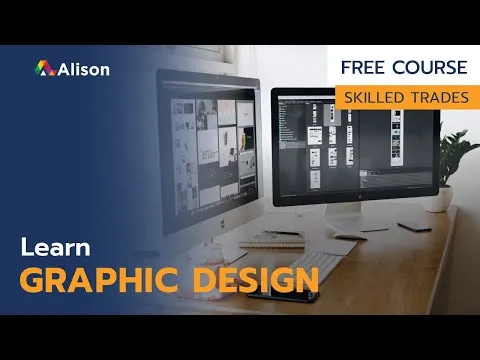

Start your review of Brand Identity Design: Expressing Visual Meaning